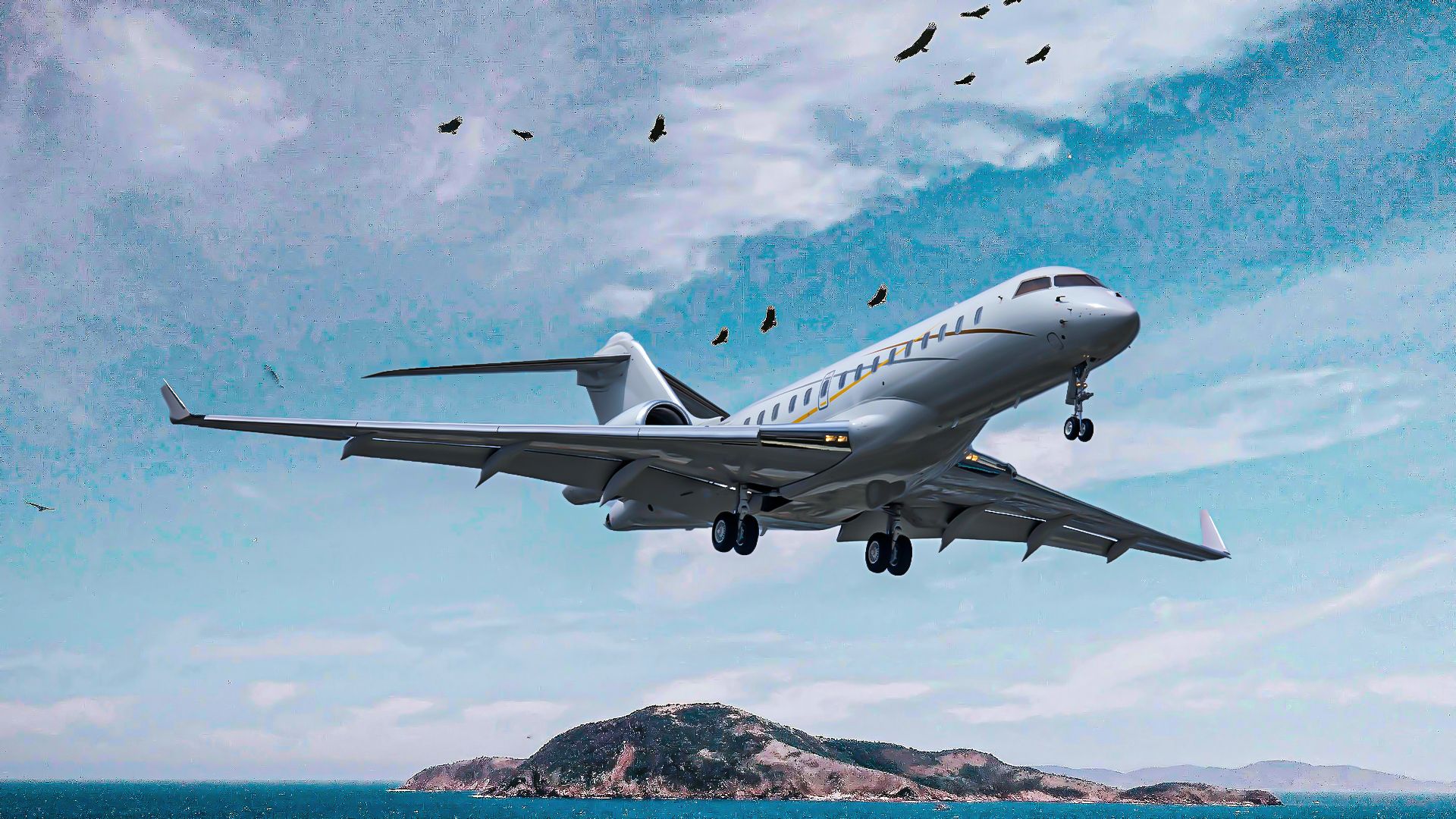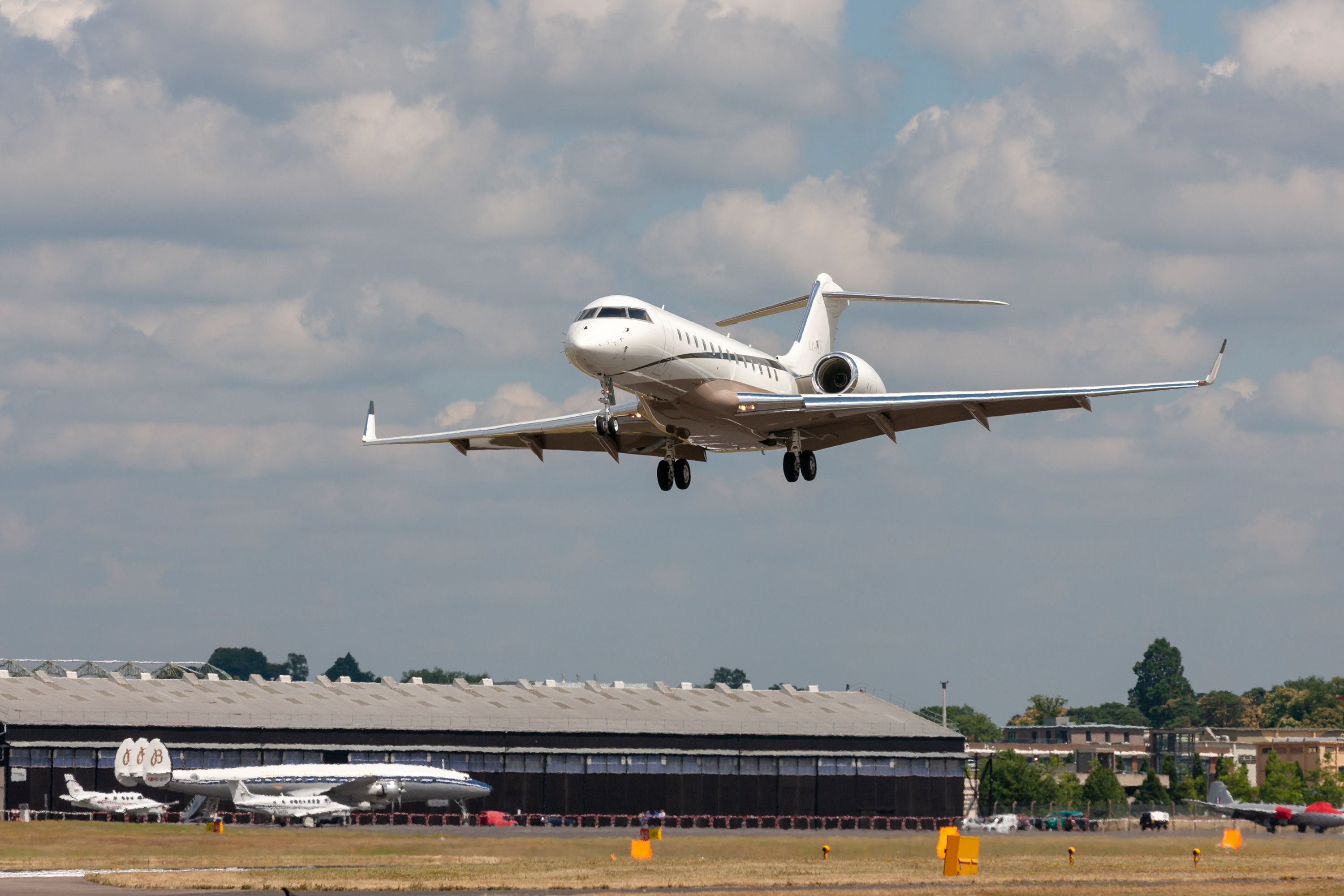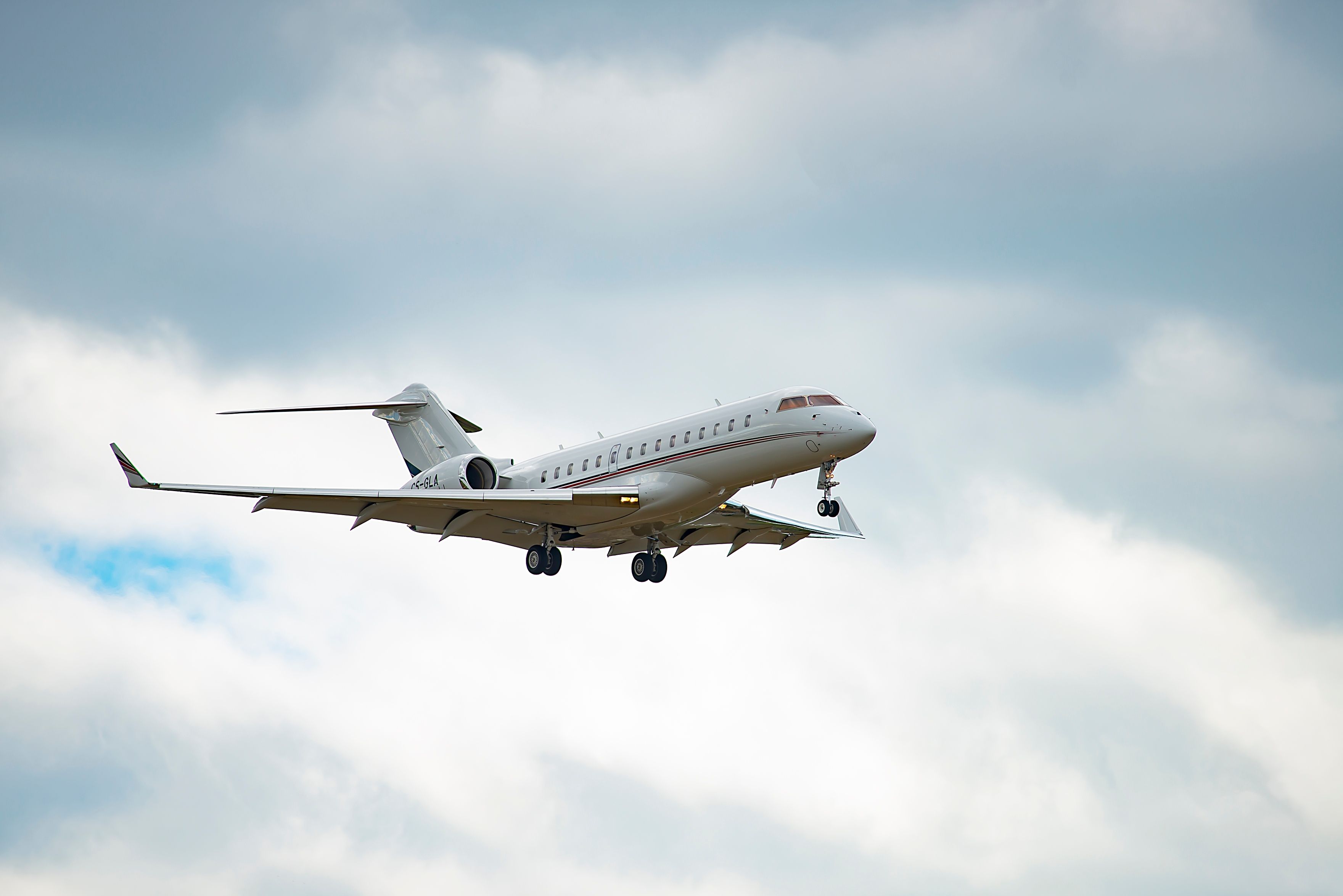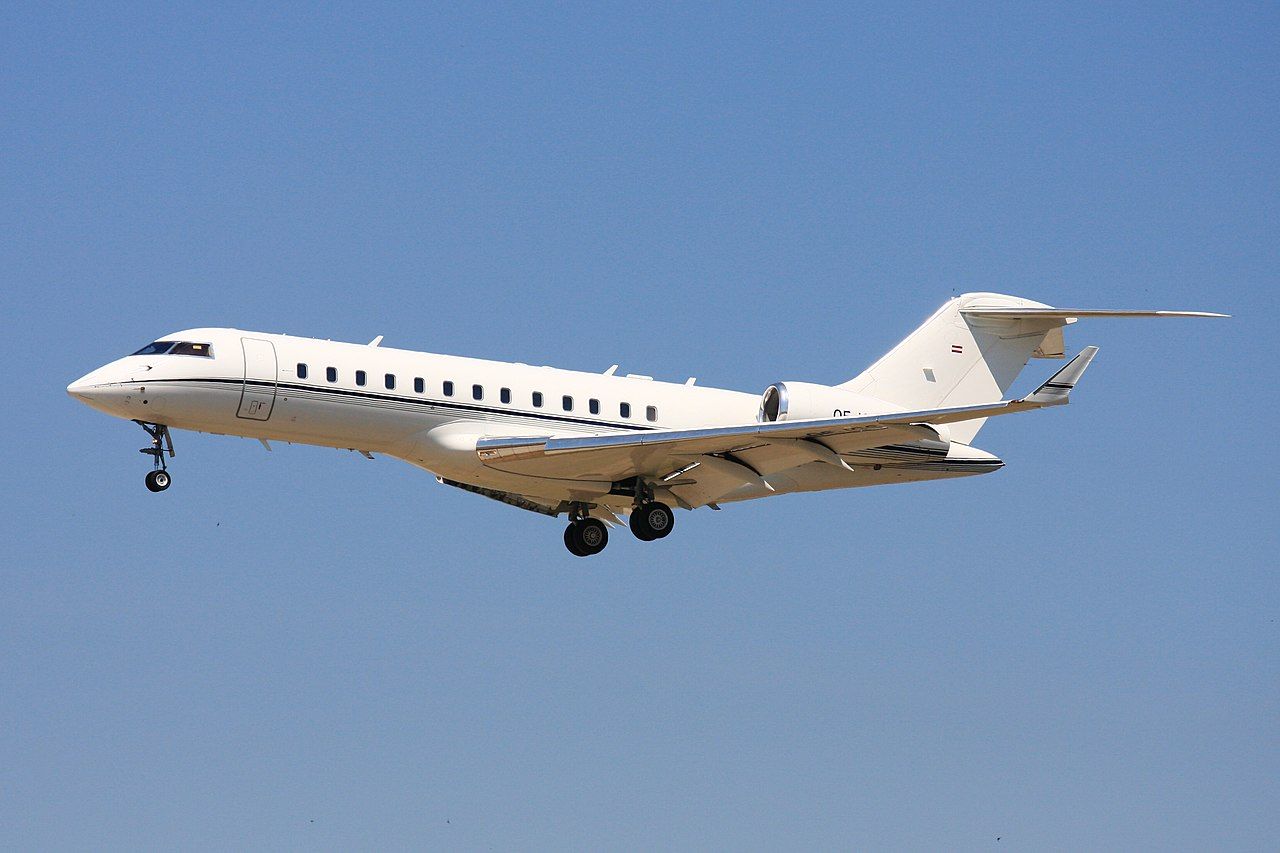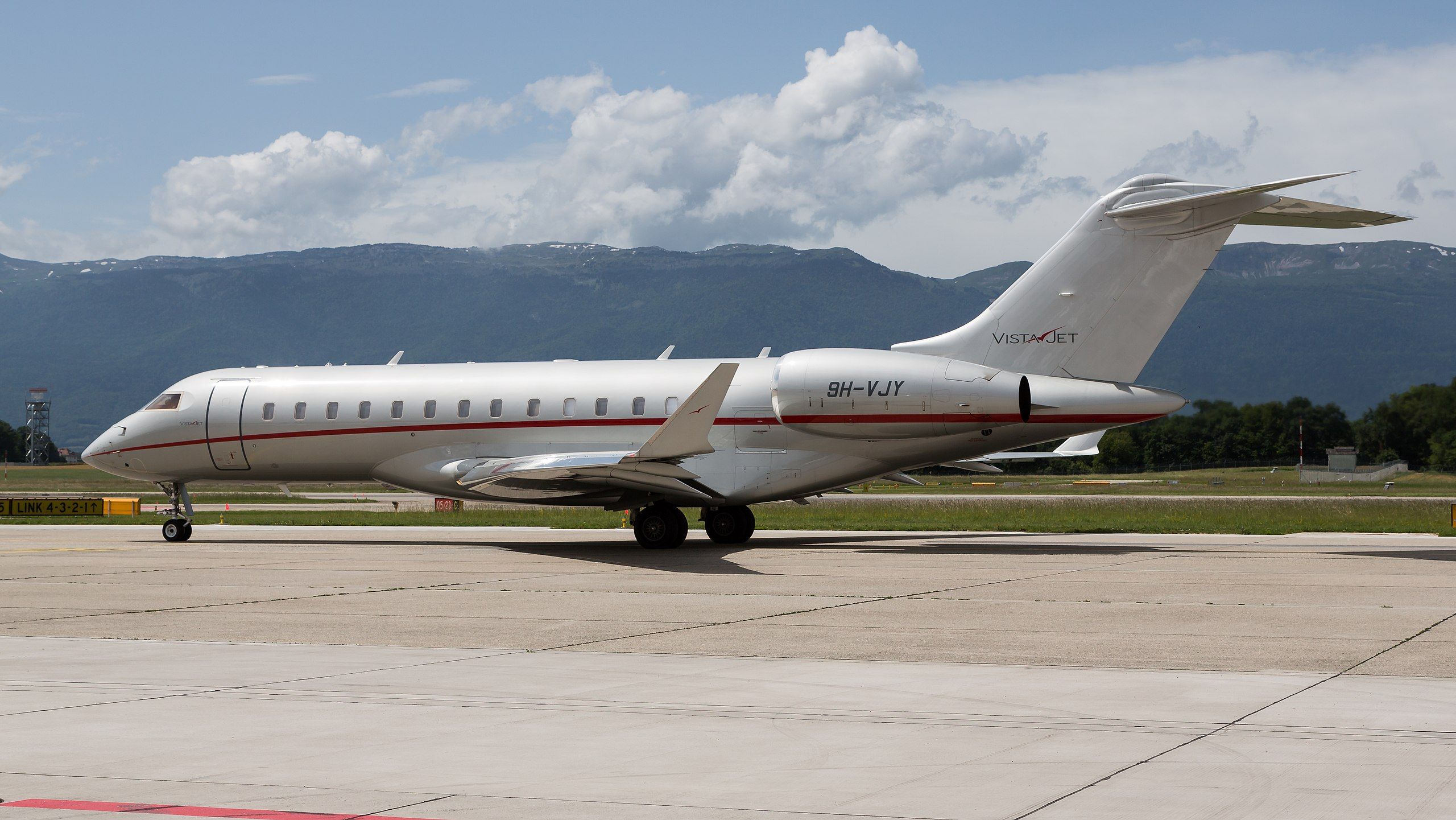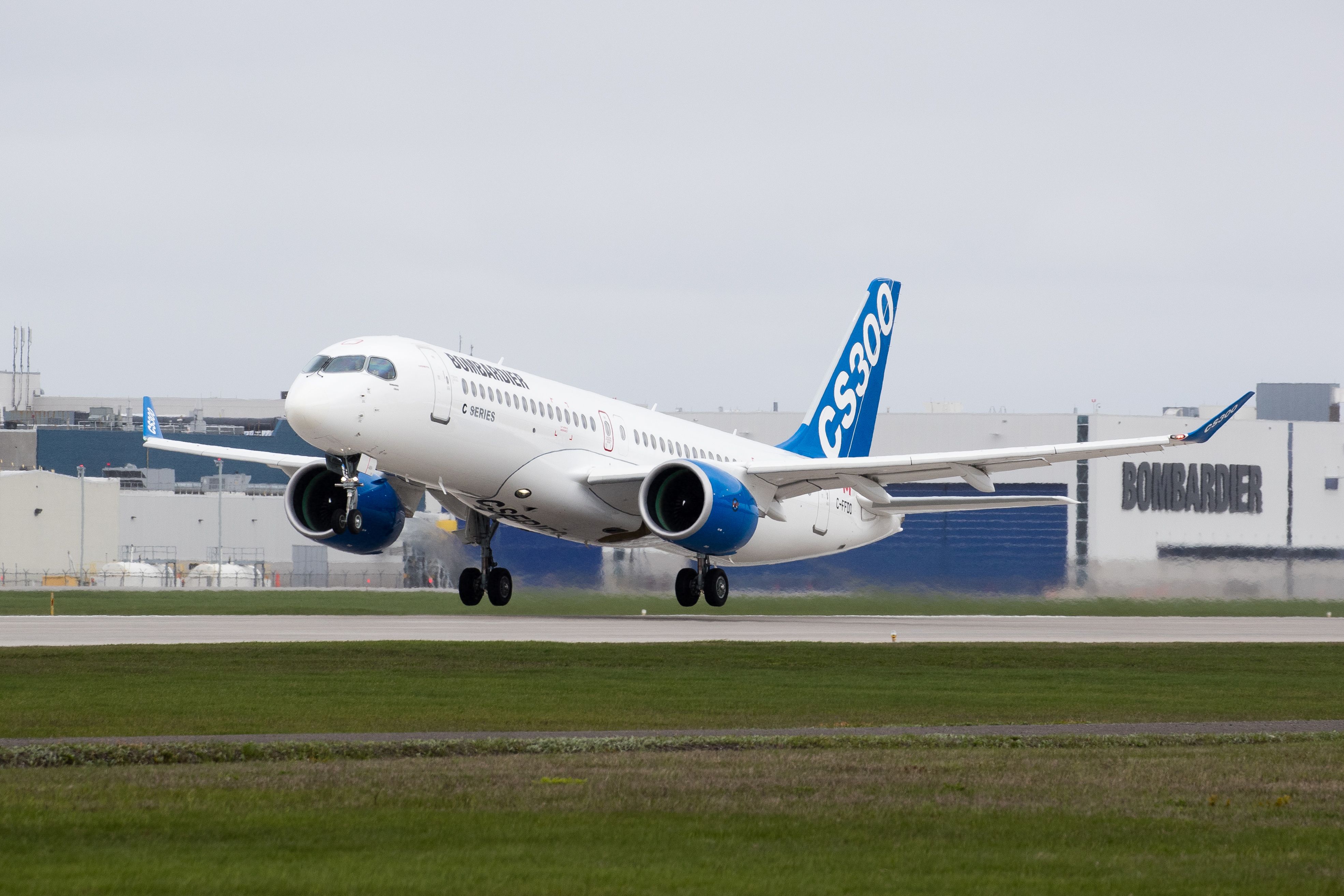Summary
- Bombardier Aviation’s history dates back to 1986, with the acquisition of Canadair and Learjet, leading to the development of the Challenger series and the Global Express.
- The Global Express family has evolved over the years, with the Global 6500 being the latest variant, featuring improvements in engines, avionics, and interior.
- Operating costs for the Global 6000 and Global 6500 range from $1.1 million to $2.2 million annually, depending on flight hours, with fixed costs estimated at $700,000 per year.
Bombardier is one of the most prominent manufacturers in the aviation industry. The company, which was originally founded in 1942, began as a snowmobile manufacturer. It slowly matured into manufacturing trains and other transportation devices. However, Bombardier formed a new segment called Bombardier Aviation in 1986 after the parent company acquired Canadair, another Canadian-based aircraft manufacturer.
Shortly after Bombardier Aviation was formed, the company acquired Learjet and De Havilland Canada to expand the company’s aviation portfolio. Canadair was famously known for the production of the Canadair Regional Jet (CRJ) family, which is still utilized as a regional airliner today.
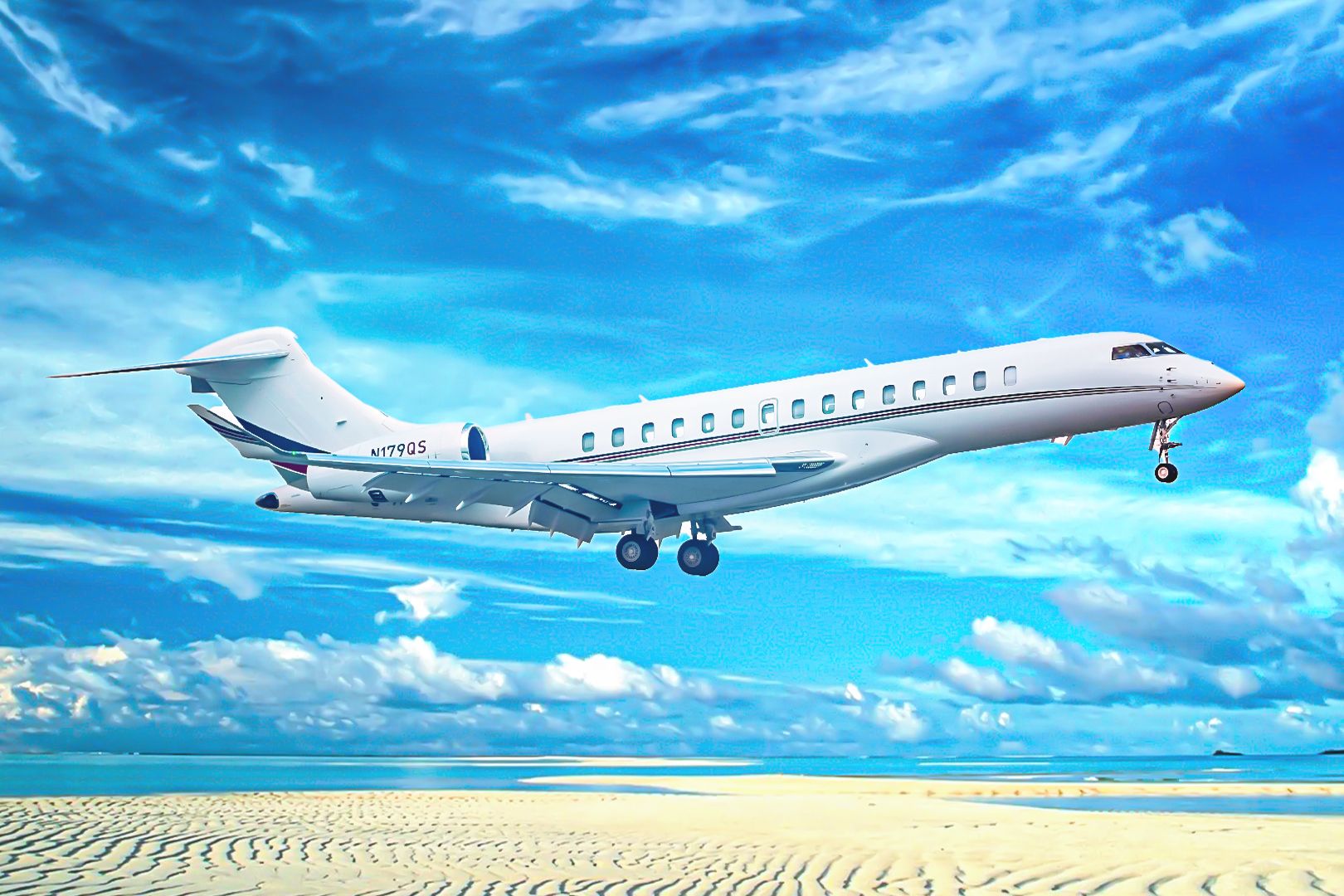
Related
What Are The 7 Aircraft In The Bombardier Global Family?
A closer look at all the Bombardier Global jets, ranked by range.
The purchase of Canadair also brought about the development of the Challenger series, a large business jet first conceptualized in the 1980s. The Challenger and the CRJ series of aircraft eventually led to the development of the Bombardier Global Express. The Global Express was the first aircraft introduced in the Global series, one of the most legendary families of business jets in the world.
Currently, Bombardier produces the Global 5500, the Global 6500, and the Global 7500, with the Global 8000 set to enter service in 2025. The Global 6500 is a direct successor to the Global 6000 and the Global Express. Let’s take a closer look at this series of aircraft and how it came to be. Specifically, let’s look at how expensive these long-range aircraft are to operate.
Brief history of the first series in the Global Family
As previously mentioned, the first aircraft in the Bombardier Global family was the Global Express. After Bombardier acquired Canadair, they also acquired the Challenger 600 business jet, which had seen early success.
However, Bombardier wanted to explore the option of a larger and longer-range business jet. To accomplish this, Bombardier, along with engineering teams from Canadair and Mitsubishi, developed a business jet that was a similar size to the popular CRJ 100 series. However, the newly developed business jet would have significant improvements.
Photo: Ryan Fletcher | Shutterstock
The newly designed business jet was officially announced in October 1991 at the National Business Aviation Association (NBAA) annual convention. However, the majority of the design process had yet to be completed. By 1995, the new business jet had a backlog of over 40 aircraft, per FlightGlobal.
The first prototype completed its maiden flight in October 1996. Bombardier used three prototype aircraft during the flight testing process, and each tested various improvements. In July 1998, the Canadian aviation authority awarded the type certificate to the newly introduced Bombardier Global Express. The Federal Aviation Administration (FAA) and the European Aviation Safety Association (EASA) awarded the aircraft its certification shortly after. Deliveries of the new aircraft began shortly after, officially introducing the Global family.
Photo: Vytautas Kielaitis | Shutterstock
Since the early 2000s, Bombardier has made several upgrades to the Global Express. A shorter variant, the Global 5000, was announced in 2005. However, an immediate upgrade to the Global Express, which was later designated as the Global Express XRS, was later introduced as a replacement in October 2003.
Further upgrades include the Global 6000, which began production in 2012. Currently, Bombardier produces the Global 6500, which was first introduced in 2019. This aircraft had major improvements to the engines, avionics system, and interior.
Notable design features of the early Global Family
The Bombardier Global Express family was initially conceptualized from the Challenger 600 series and the CRJ-100. However, the design is considered a clean-sheet design due to the major changes made to the aircraft. Bombardier kept the same fuselage as the CRJ series, which had the following dimensions:
- Cabin length: 43 feet three inches
- Cabin width: Six feet six inches
- Cabin height: Six feet two inches
Depending on the configuration, the cabin could accommodate a maximum of 16 passengers and was split into three interior zones. Inside the cockpit, the aircraft utilized the Honeywell Primus 2000XP EFIS avionics suite. This avionics system was fitted with six large screens, and newer aircraft were fitted with synthetic vision systems, Navaids, and other features.
The Global Express series utilizes two BMW-Rolls-Royce BR710 turbofan engines, which can reach 15,000 pounds of thrust depending on the model. This helps the Global Express and Global 6000 series reach the following performance specifications:
|
Length |
99 feet five inches |
|---|---|
|
Wingspan |
94 feet |
|
Height |
25 feet six inches |
|
Maximum takeoff weight (MTOW) |
99,500 pounds |
|
Maximum speed |
Mach 0.89 (660 miles per hour) |
|
Cruise speed |
Mach 0.85 (560 miles per hour) |
|
Range |
6,000 nautical miles (6,905 miles) |
|
Service ceiling |
51,000 feet |
Operating costs of the Global 6000 and Global 6500
Overall, the two newest variants of the Global Express family, the Global 6000 and the Global 6500, have similar operating costs. These costs vary depending on the number of flight hours accumulated. However, fixed costs, which may include crew payments, crew training costs, hangar rentals, and insurance payments, stay relatively the same each year. Per Liberty Jet, these fixed costs can reach up to $700,000 per year.
Besides annual fixed costs, there are variable costs that vary depending on the amount of flight time per aircraft. These variable costs are dependent on the amount of fuel used, expected maintenance costs, engine overhaul, and various handling fees. According to Liberty Jet, these costs are estimated at $1.1 million annually if operating with 200 flight hours and $2.2 million annually if operating for 400 flight hours.

